£4m investment in new technology at University of Sunderland
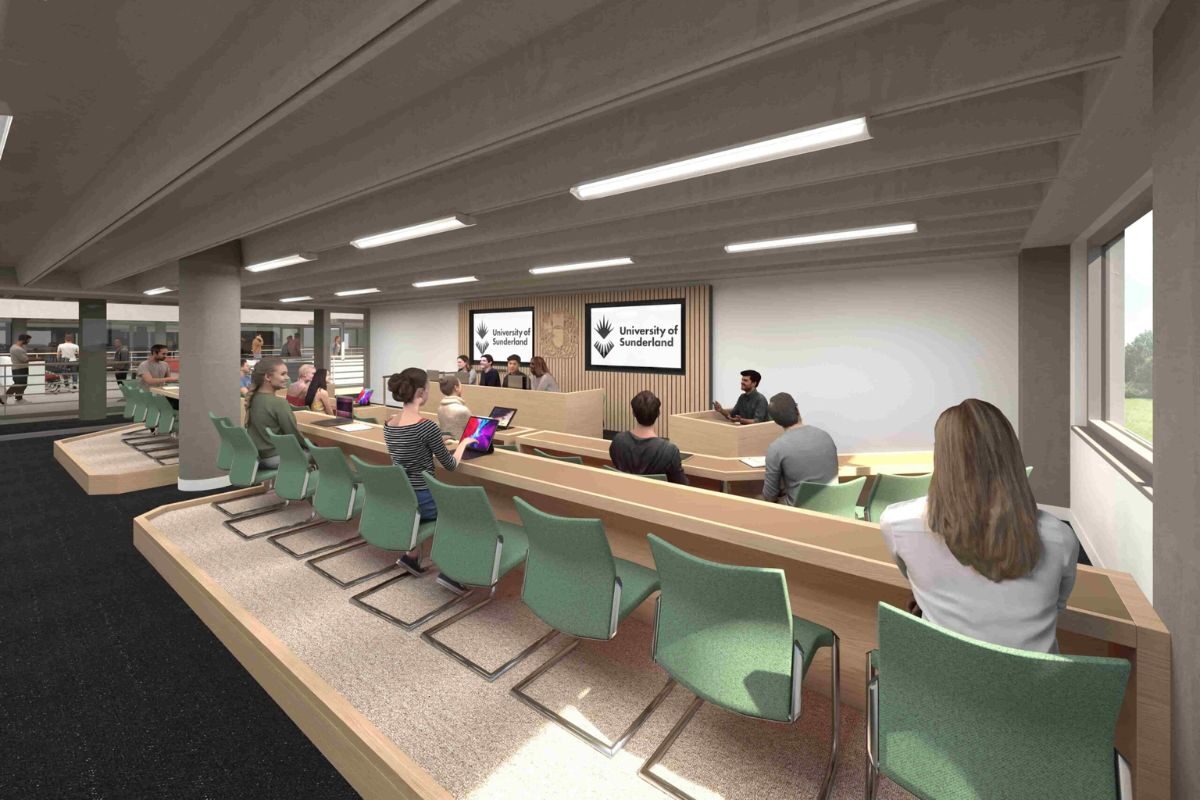
Work has begun on £4 million worth of new innovations at the University of Sunderland’s St Peter’s Campus to offer the best possible teaching for new students joining in September.
The University is creating three large simulation labs, with a focus on Esports, Law and Market Research.
Esports and Market Research students will be able to develop their understanding and skills using the latest brain scanning technology, with streaming capability fed by superfast connectivity.
The University is building a new Moot Law Court, based on a Harvard University lecture theatre design, the court will have responsive recording facilities.
Technology students will be taught in new, state-of-the-art learning spaces. A new digital forensics and cyber security networking facility, data science visualisation lab and an Internet of Things enabled space will help students to learn new skills and develop their knowledge and expertise in these innovative areas. In addition, the Centre for Excellence in 3D printing and additive manufacturing will have its own dedicated space at St Peter’s Campus.
Professor John Murray, Academic Dean of the Faculty of Technology, said:
“This investment in the Faculty of Technology will help to greatly enhance our current specialist lab facilities, providing students and staff with improved cutting-edge teaching spaces that support our programme provision.”
Professor Lawrence Bellamy, Academic Dean of the Faculty of Business, Law and Tourism added:
“We are committed to providing the very best learning experience for our students. Aside from great teaching, having facilities which allow students to explore new areas of subject development and practice professional skills is part of that commitment.”
Work begins soon and is scheduled to be completed early September 2023.
This project is part of the University’s £250 million investment project, which will transform facilities for students and staff at our Sunderland and London campuses over the next 10 years.




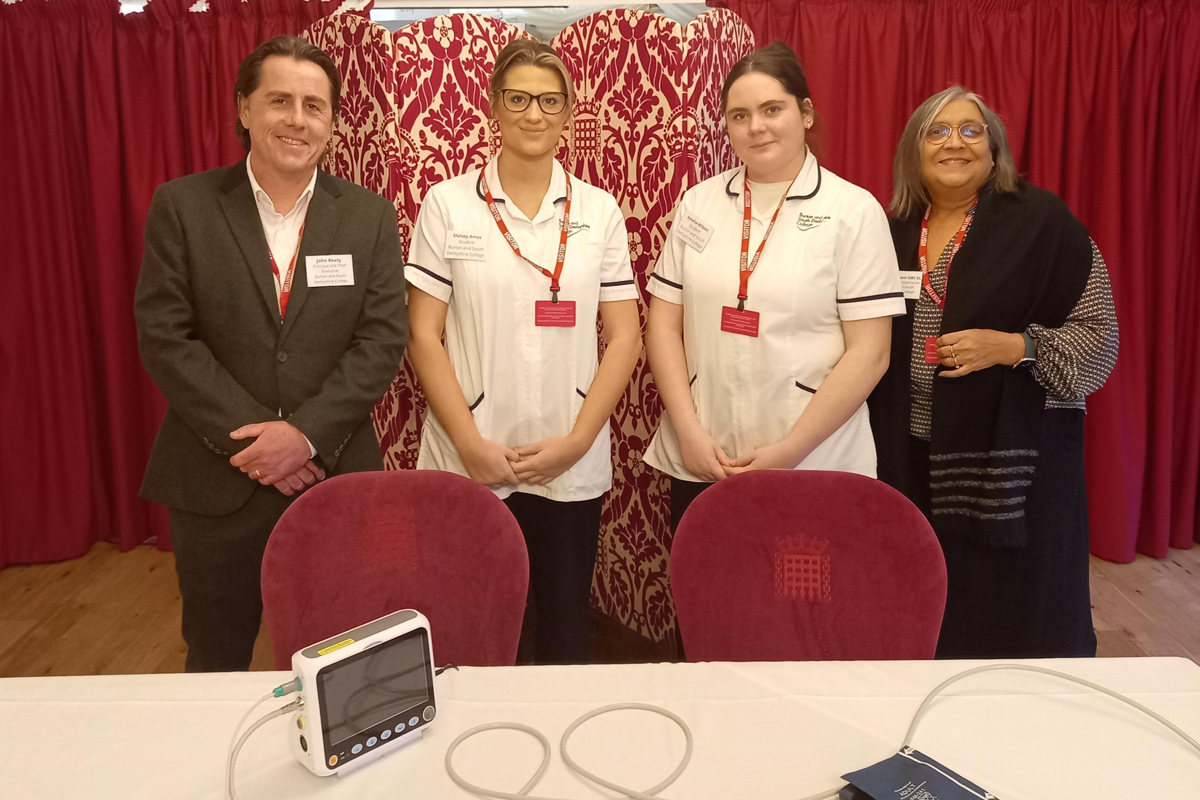



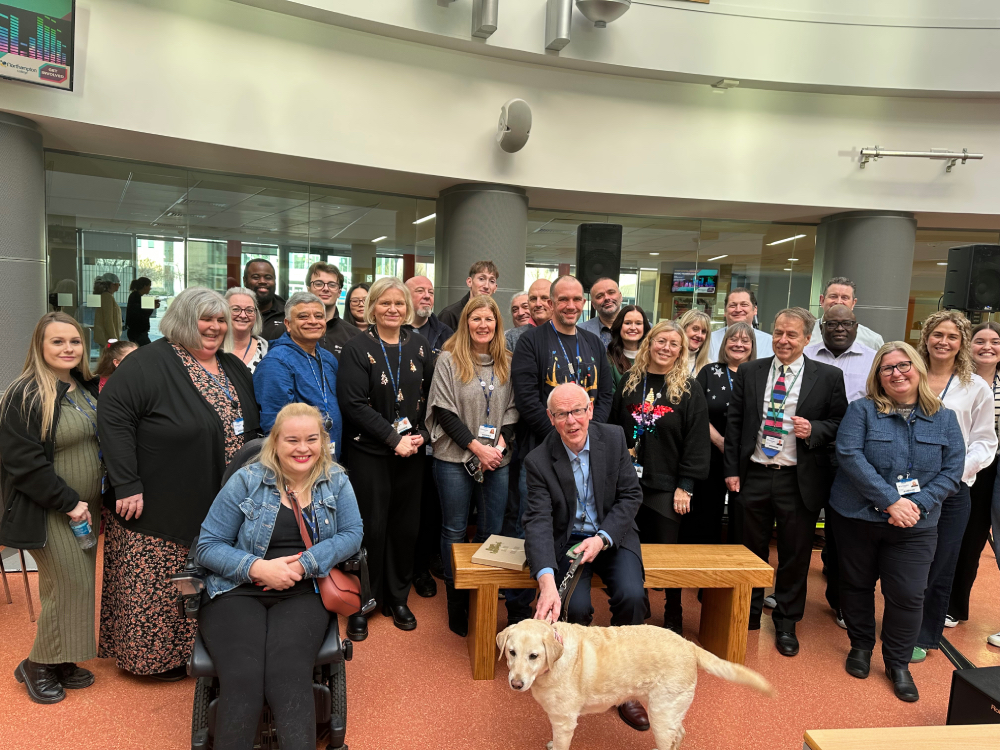
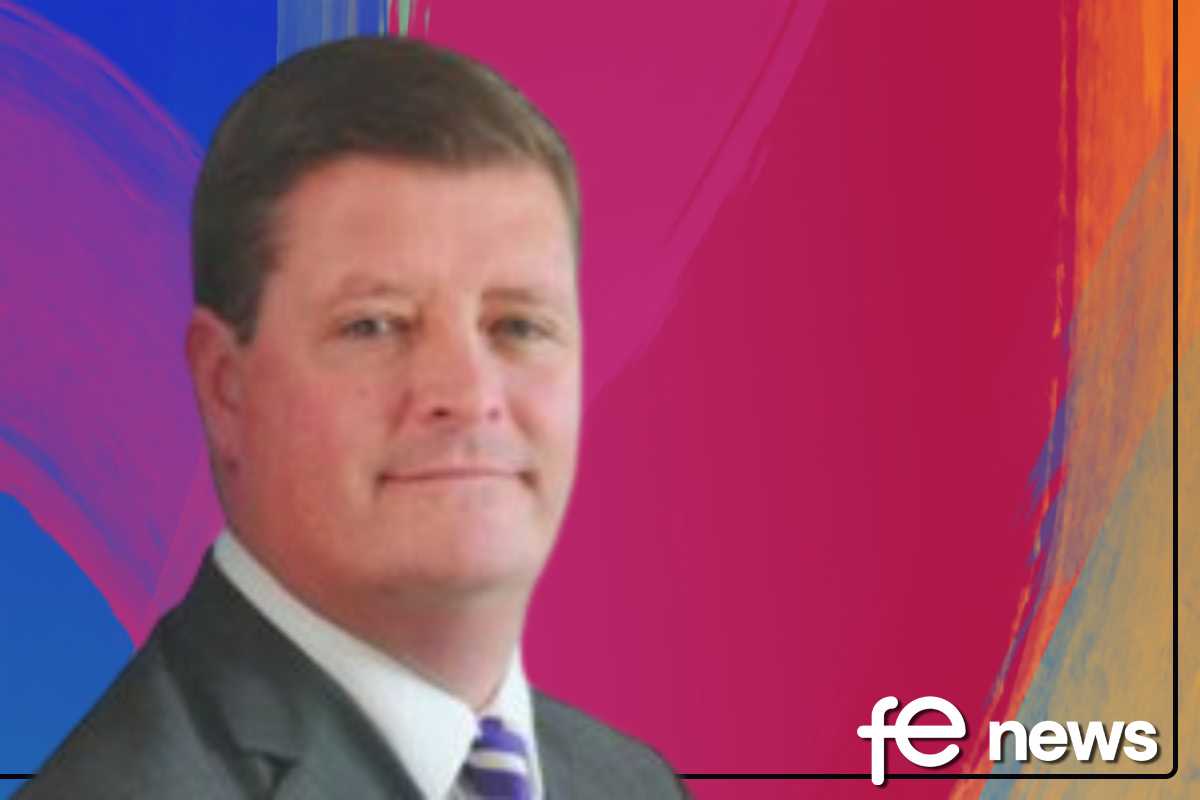
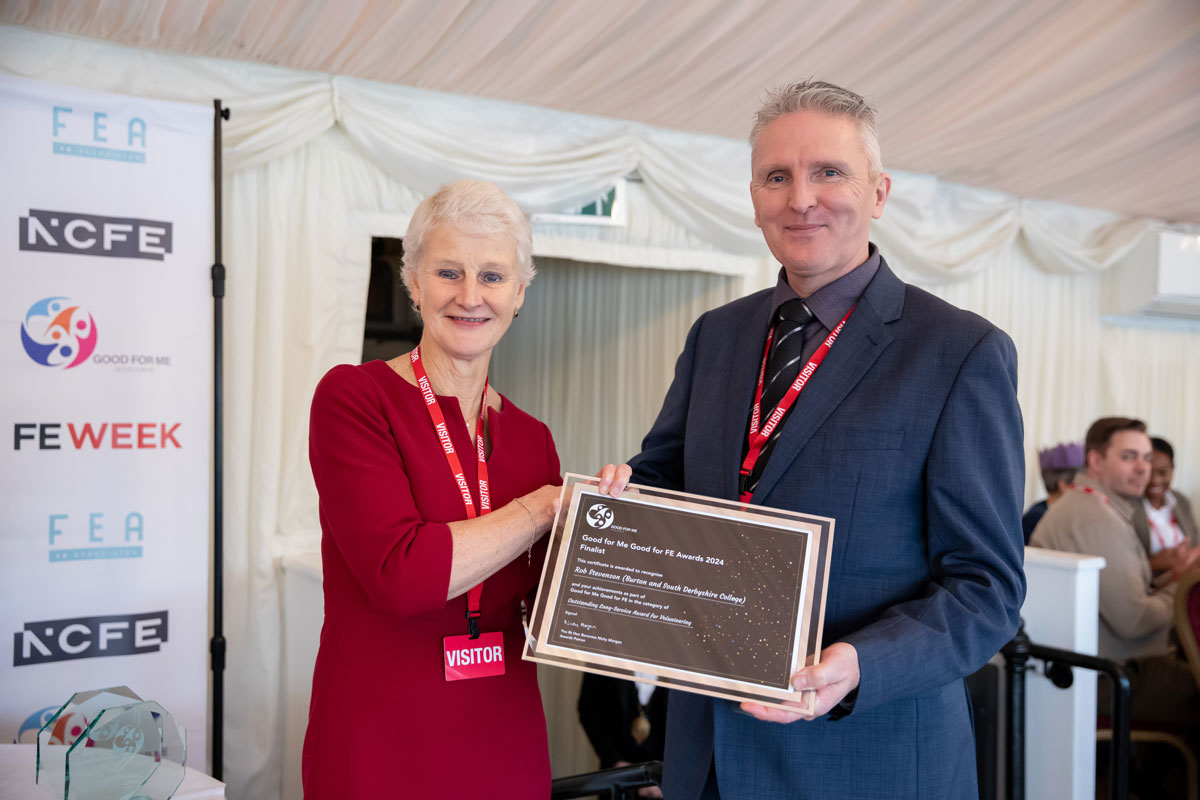
Responses